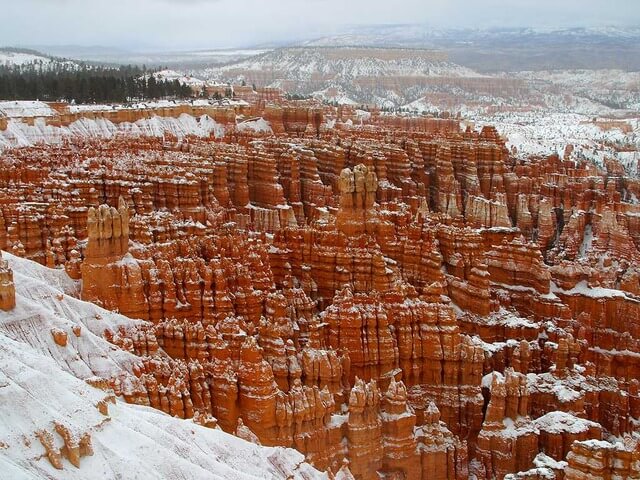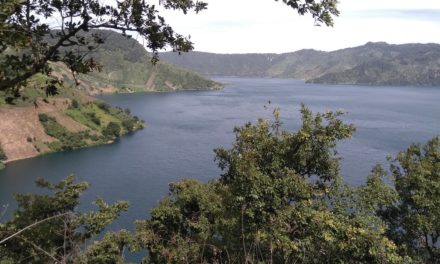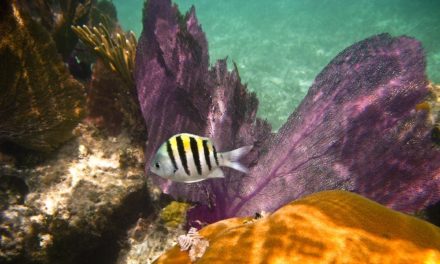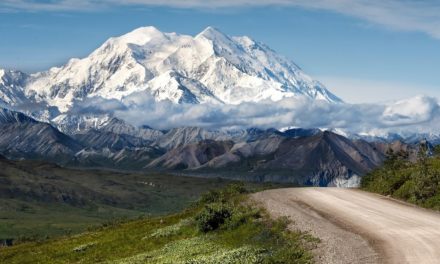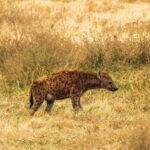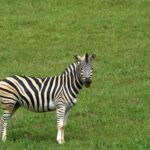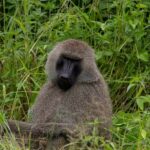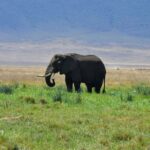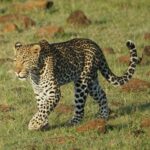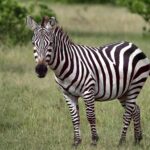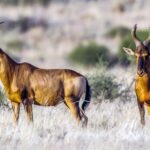Table of Contents
Overview / About
Pinnacles National Park, located in central California, is a landscape shaped by ancient volcanic activity and sculpted by time. Established as a national park in 2013 (after nearly a century as a national monument), Pinnacles covers over 26,000 acres of rugged terrain a dramatic mix of towering rock spires, talus caves, and chaparral-covered hills.
The park lies along the San Andreas Fault, and its namesake pinnacles were formed millions of years ago by volcanic eruptions and later shifted northward by tectonic movement. Today, it’s known for its unique geology, challenging hikes, and its role as a refuge for endangered California condors.
Whether you come for the caves, the climbs, or the soaring birds, Pinnacles feels like a world apart wild, warm, and beautifully Californian.
Wildlife & Nature
Despite its dry appearance, Pinnacles hosts a diverse and surprisingly vibrant ecosystem.
Flora:
- The park’s plant life thrives in a mix of chaparral, oak woodlands, and riparian habitats.
- Springtime brings wildflower displays of California poppies, lupines, and mariposa lilies.
- Blue oaks, gray pines, and manzanita dominate the rolling hills and canyons.
Fauna:
- The park is a crucial sanctuary for the California condor, successfully reintroduced here after near extinction.
- You might also spot prairie falcons, golden eagles, bobcats, gray foxes, and mule deer.
- Smaller residents include rattlesnakes, western fence lizards, and kangaroo rats.
- Bats inhabit the talus caves, emerging at dusk in summer.
Geology: The pinnacles themselves jagged spires and monoliths of volcanic rock are remnants of the Neenach Volcano, formed 23 million years ago. The Bear Gulch and Balconies cave systems were created by massive rockfalls that sealed canyons beneath talus boulders.
Experiences & Activities
Pinnacles offers a rich blend of hiking, caving, rock climbing, and wildlife viewing, perfect for outdoor enthusiasts seeking quieter trails.
Hiking Trails:
- Bear Gulch Cave Trail: A moderate, family-friendly route leading through boulder-filled caves and ending at the scenic Bear Gulch Reservoir.
- High Peaks Trail: A strenuous loop with steep climbs and panoramic views ideal for spotting condors soaring above.
- Balconies Cave Trail: Shorter hike through a cool, shadowy cave system carry a flashlight.
- Condor Gulch to High Peaks Loop: The park’s signature hike combining stunning views with wildlife sightings.
Rock Climbing:
- The park is a climbing paradise, with over 200 routes across volcanic formations. Popular spots include Discovery Wall and The Citadel.
Wildlife Viewing & Birdwatching:
- Look skyward for California condors, prairie falcons, and red-tailed hawks.
- The early morning and dusk are best for spotting foxes, deer, and rabbits.
Stargazing:
- With minimal light pollution, Pinnacles is excellent for night sky photography and Milky Way viewing in summer.
Best Time to Visit
Pinnacles is open year-round, but the best seasons depend on your comfort with the California heat.
- Spring (March–May): Ideal weather, wildflowers in bloom, and active wildlife the most popular season.
- Fall (September–November): Cooler days and fewer crowds.
- Winter (December–February): Pleasant for hiking, though nights can be chilly.
- Summer (June–August): Hot and dry, often exceeding 95°F best for early-morning hikes only.
How to Reach & Park Entry
Location: Central California, east of Soledad and west of Hollister.
By Road:
- The park has two separate entrances East Entrance (via CA Highway 25) and West Entrance (via Soledad and CA Highway 146).
- There’s no road connecting the two sides within the park, so plan your entry and exit carefully.
By Air:
- San Jose International Airport (SJC) – about 80 miles north.
- Monterey Regional Airport (MRY) – around 60 miles west.
- Fresno Yosemite International Airport (FAT) – about 130 miles east.
Park Entry Fees:
- $30 per vehicle (valid for 7 days)
- Annual Pass: $55
Where to Stay / Camping Options
Inside the Park:
- Pinnacles Campground (East Entrance): The park’s only campground, offering tent sites, RV hookups, a pool (seasonal), and a camp store.
- Group sites available for larger parties; reservations recommended during spring and weekends.
Nearby Towns:
- Soledad (West side): Offers motels, local inns, and restaurants.
- Hollister (East side): A good base with more lodging and amenities.
- Monterey: About 1.5 hours away ideal for combining a coastal and inland nature trip.
Travel Tips / Safety Notes
- Carry at least two liters of water per person shade is limited on most trails.
- Flashlights or headlamps are essential for cave exploration.
- Check cave closures some close seasonally for bat protection.
- Summer heat can be extreme; start hikes before 9 a.m.
- Watch for rattlesnakes and avoid reaching into rock crevices.
- Rock climbing should only be attempted with proper gear and experience.
- There’s limited cell service, especially in canyon areas download maps in advance.
Packing List
- Refillable water bottle or hydration pack
- Sun hat, sunglasses, and sunscreen
- Lightweight, breathable clothing
- Headlamp or flashlight for caves
- Hiking boots with good traction
- Snacks or energy bars
- Binoculars for condor and raptor watching
- Map or offline GPS
Visitor Statistics
Pinnacles National Park welcomes around 275,000 visitors annually, making it one of the quieter parks in California. Its relative seclusion offers peaceful trails, excellent birdwatching, and fewer crowds than Yosemite or Joshua Tree.
Conservation & Responsible Tourism
Pinnacles plays a vital role in the California Condor Recovery Program, helping reestablish one of North America’s rarest birds. Rangers closely monitor condor populations and maintain safe nesting zones.
Visitors can support conservation by:
- Keeping a safe distance from condors and wildlife.
- Staying on marked trails to prevent erosion.
- Avoiding cave entry during closures.
- Using refillable bottles to reduce plastic waste.
Pinnacles National Park stands as a living monument to the forces of geology, resilience of wildlife, and the quiet grandeur of California’s backcountry a place where cliffs rise, condors soar, and the earth still tells its volcanic tale.

